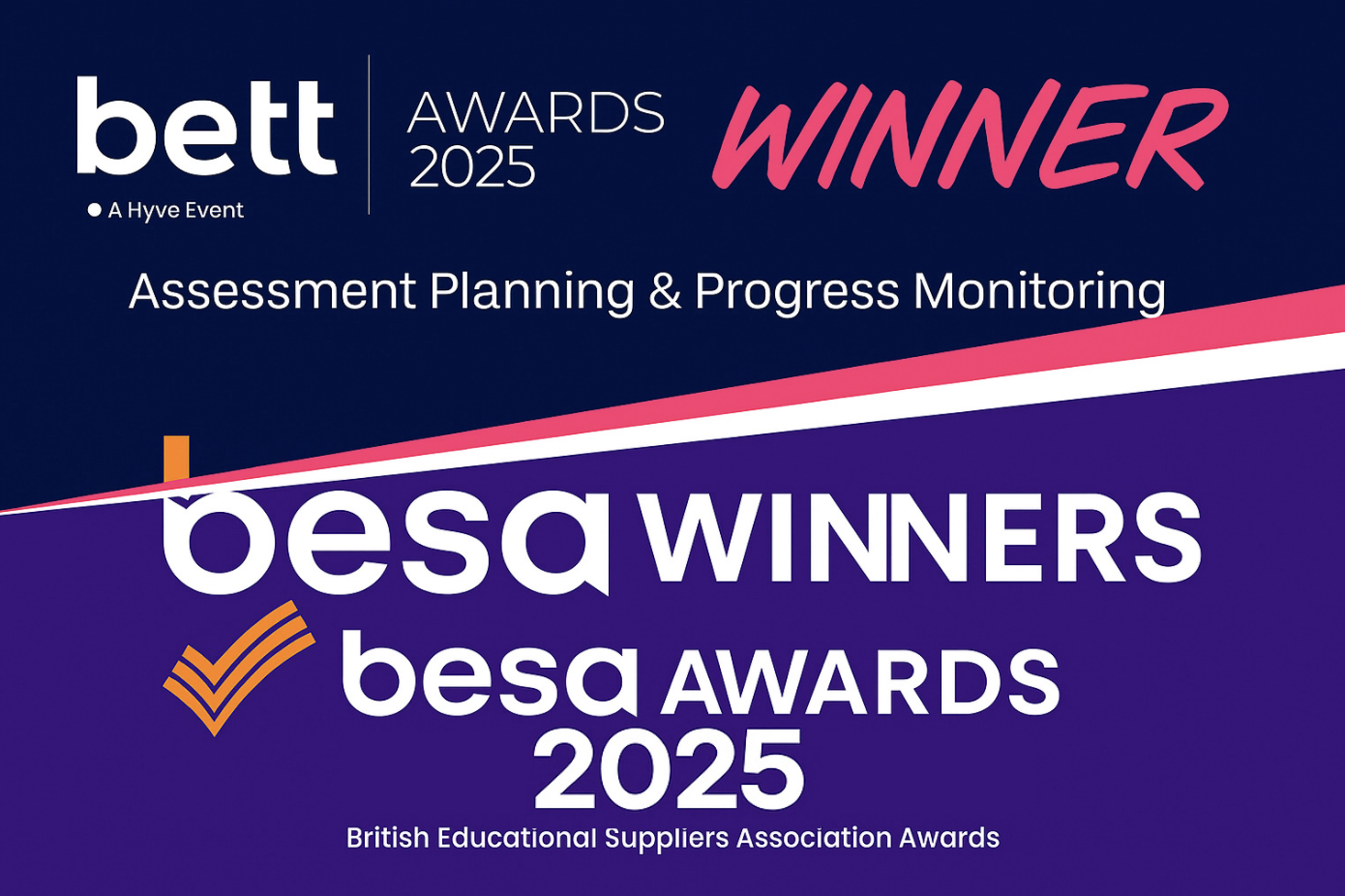The Power of Data and Technology in Education by
Josianne Pisani
We live in an era in which new technologies are constantly being created. This has had a huge impact not only on the way teachers teach but also on the way students learn. Online tools have made their way into the classroom and are fast replacing paper based material. The power of digital devices, apps and tools, when used properly can go a long way in addressing 21st century needs in education.
3 Good reasons for making Technology an integral part of the classroom
#1 Technology could increase the learners’ engagement: More engagement means better learning. It not only offers more opportunity to further explore specific topics and areas of study but also caters for the different learning styles. Some learners would enjoy reading a good piece to find out more about a country but exploring it through a virtual tour might be more interesting for others.
#2 It facilitates learning: I have yet to come across a cohort in which everyone has the same abilities. Yes everyone can learn, just not at the same time or in the same way. This is a trait which is becoming more and more visible in the classroom yet becoming increasingly difficult to handle.
Technology not only makes it possible for learners to go at a different pace than their peers but also enables them to do things in a different way too. Think of those learners who have difficulty reading and writing. What a difference text to speech and voice recognition has made to these learners. Whilst it is important that we keep helping learners develop these two important skills, assistive technology helps special educational needs learners keep abreast in subjects they would otherwise have fallen behind in.
The benefits of making the use of technology part and parcel of classroom practice, just like pen and paper, is not just about helping learners learn content better though. If we make it an integral part of classroom instruction, those with special educational needs or on SEN support, are not singled out. This in itself will help foster a more inclusive mindset and, by default, a more inclusive generation.
#3 It enhances the teaching process: Teachers engage learners by provoking their curiosity and sparking interest. The possibilities of doing this through the use of technology are endless. Whether through using the various functions on an interactive white board or through a live worksheet, technology not only evokes interest but also makes it fun to learn and explore new concepts.
The future of learning goes beyond substituting or improving functionality of classroom material or redesigning tasks
Students today can learn from any place, at any time and in any way that suits them. The same goes for teachers. However, considering the diverse profile of learners in schools today, is it enough to simply substitute and improve functionality of classroom material or to redesign tasks?
Data is the driving force behind the growth and evolution of all these apps and tools that educators and learners have at their disposal. In the world of business, data is what provides insights and guides companies forward. Can it guide schools and educators in the same way for the better good of our learners?
Educational institutions collect data constantly, whether it’s through assessment, in the form of questionnaires to parents or through observations. The data itself will not make a huge difference to our learners but how we use it and the actionable decisions we make as a result of the data at hand will.
3 Ways of using data to improve learning outcomes
Data provides a snapshot of our learners’ unique profile. It not only tells us where learners are academically but also where they stand on a social and emotional level, empowering us to work in a way that is relevant and appropriate for them.
- Identify both the learners strengths and developmental gaps - whilst developing skills they lack will help them become more independent and better learners, strengthening their strengths will build their confidence and self-esteem.
- Use it to inform the how, what, where, when and why of teaching - gathering and using data can be used to inform classroom practice. When we teach the way students learn, they become more motivated to learn and engage more with what is happening in class
- Use it to meet the learners’ needs more effectively and efficiently - every learner has needs, some more than others. Meeting their needs puts them on a level playing field and creates a safe environment
Data tells us a lot but it needs to be sieved through, analysed and interpreted. This can be a lengthy process. Do schools have the manpower and the time to do this? Fortunately we live in the 21st century with 21st century tools such as PAGS that can help you easily make sense of that data.
Technology keeps pushing educational capabilities to new levels. But we need to be open to its possibilities and evolve with it if education is to benefit from it in a holistic way. The opportunity is there. We just need to take it.
About the Author & PAGS
Josianne Pisani is a teacher, teacher trainer and a PAGS professional. PAGS supports parents, schools and professionals to improve the process of identifying special educational needs. It encompasses a range of needs, so be it emotional wellbeing, behavioural challenges, social interaction or cognitive needs, we've got you covered.
If your child or a child in your class is struggling with impulsive and inappropriate behaviour and finds it difficult to self-regulate, you can access the assessment from our website to identify underlying issues - it’s FREE.
Only when we can understand their SEN needs can we provide the SEN support they need.
Get regular updates and insights from the PAGS Team.





